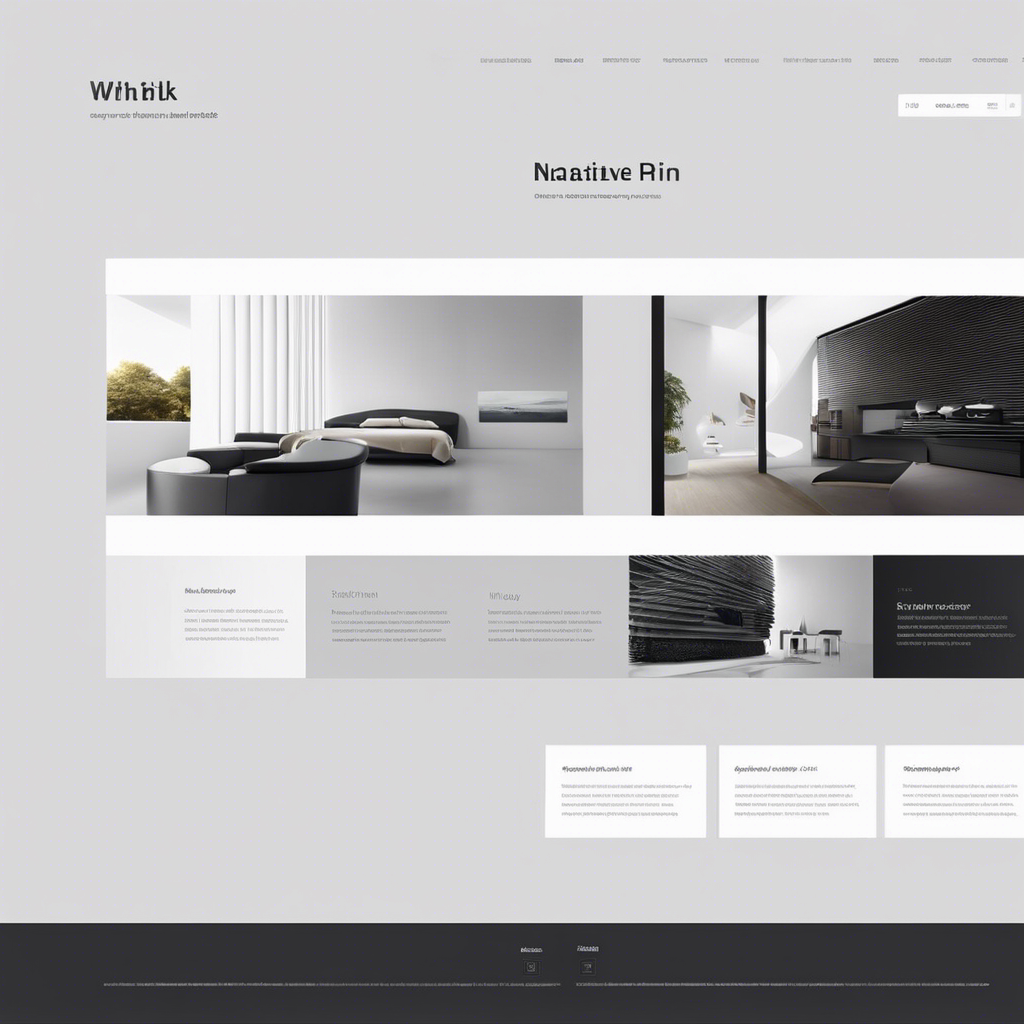Are you ready to paint your website with the perfect colors? Choosing the right color scheme is like selecting the perfect outfit for your website – it sets the tone, creates a mood, and leaves a lasting impression.
But fear not, because this quick guide is here to help you navigate the world of color and find the perfect palette for your website.
By understanding the emotions and associations that different colors evoke, learning about color theory, and maintaining brand consistency, you can create a visually appealing and effective design.
So, let’s dive in and discover how to choose the right color scheme for your website!
Key Takeaways
- Colors have a significant impact on triggering specific feelings and influencing purchasing decisions.
- Understanding color representations helps in effective communication.
- Primary colors are the building blocks of a color palette.
- Additional colors should complement the chosen primary color.
Importance of Website Colors
When choosing the color scheme for your website, it’s essential to understand the significant impact colors have on triggering specific feelings and influencing purchasing decisions. Colors play a vital role in creating a visually appealing website design that resonates with your brand and captivates your audience.
The color palette you choose for your website should align with your brand identity and reflect the personality you want to portray. Understanding color theory and color psychology can help you make informed decisions when selecting the primary and secondary colors for your website. Each color has its own unique meaning and can evoke different emotions in your audience.
For example, warm colors like red and orange can create a sense of urgency and excitement, while cool colors like blue and green can evoke feelings of calmness and trust. By utilizing the power of colors, you can create a website that not only looks visually stunning but also connects with your audience on a deeper level, influencing their purchasing decisions and boosting brand recognition.
Understanding Color Representations
To truly grasp the impact of color on your website, delve into the various representations colors can convey. Understanding color theory is key to choosing the right colors for your website.
The color wheel is a fundamental tool in color theory, allowing you to create different color combinations and variations. It consists of primary colors (red, blue, and yellow), which form the basis for all other colors, and secondary colors (orange, green, and purple), which are created by mixing two primary colors together.
Additionally, color palettes are essential for creating harmonious website color schemes. Complementary colors, which are opposite each other on the color wheel, create high contrast and vibrancy. By selecting a main color and combining it with complementary or analogous colors, you can achieve a visually appealing and balanced website design.
Understanding color representations will guide you in making informed choices and create a website that effectively communicates your message.
Choosing Primary Colors
To choose the right primary colors for your website, consider the energy and personality of your brand.
Primary colors are the building blocks of your color palette, and they play a crucial role in creating a cohesive and visually appealing website. Understanding color theory is essential in making informed color choices.
Remember that there are three primary colors: red, yellow, and blue. Each of these colors has its own associations and psychological impact. Red is often associated with passion and excitement, yellow with happiness and positivity, and blue with trust and professionalism.
By considering these color associations and the energy you want to convey, you can create a color scheme that works together harmoniously.
Don’t forget to also consider color contrast and how your primary colors will interact with other colors in your design.
Selecting Additional Colors
To create a cohesive and visually appealing website design, consider incorporating additional colors that complement your chosen primary color and enhance the overall color scheme.
Choosing the right color scheme is important as it can help make your website stand out and create a good impression on your visitors. When selecting additional colors for your website, it’s best to choose one or two colors that work well together and complement your primary color.
These colors can be used as accent colors throughout your website, such as for buttons, menu bars, headers, and important text. Experimenting with different color combinations and understanding color theory can help you find the best color palette for your web design.
Tools like Coolors and Color Safe can also assist you in selecting additional colors that complement your primary color and contribute to a balanced color scheme.
Tools for Color Palette Selection
To select additional colors that complement your primary color and enhance your overall color scheme, there are several helpful tools available.
One such tool is Coolors, a quick and free online tool that allows you to choose a color palette. With Coolors, you can input the hex codes of colors you like, and the tool will generate complementary colors for you to consider.
Another useful tool is Color Safe, which generates and browses colors by type, making it easier to find colors that work well together.
If you want to analyze color schemes and gradients, Color Space is a great option. It allows you to experiment with different types of color schemes, such as monochromatic and analogous, and see how they’d look on your website.
Whether you’re looking for bold and bright colors or more muted and neutral tones, these tools can help you pick the right colors to draw attention and create an effective color scheme for your website.
Frequently Asked Questions
How Do I Choose the Right Color for My Website?
To choose the right color for your website, consider the importance of color psychology in web design. Explore different color combinations, incorporate brand colors, and use contrast for readability. Create a visually appealing color scheme that aligns with your website’s purpose and target audience.
What Is the 3 Color Rule for Websites?
The 3 color rule for websites is a way to create balance and visual appeal. It involves using three primary colors – a main color, a supporting color, and an accent color.
What Is the 60-30-10 Rule?
The 60-30-10 rule is a simple and effective guideline for creating a balanced color scheme. It helps you choose the dominant, secondary, and accent colors in a way that creates visual harmony and interest on your website.
How Do I Choose a Color Code for My Website?
To choose a color code for your website, consider the importance of color psychology in design. Create a cohesive scheme by exploring different palettes and using color tools. Incorporate branding elements and balance contrasting colors for a visually appealing and engaging user experience.




